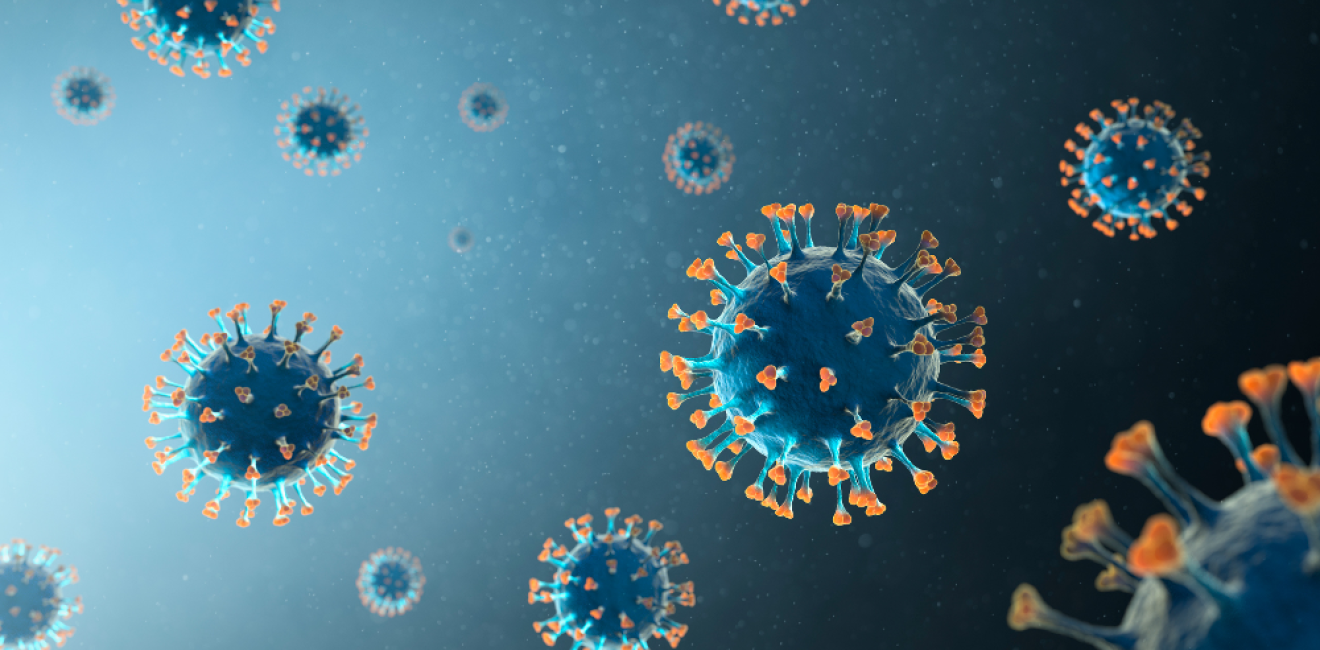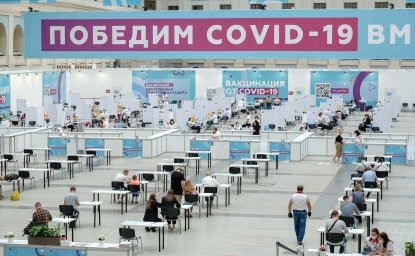By underestimating the dual sanitary and economic tsunami that is about to impact it, Mexico might be making a fatal error. This probably represents the most difficult challenge the country has faced in recent decades and the government must strive to find the right balance between health and economics. The difficulties will be more serious than the devastating earthquake of 1985, the most violent of hurricanes and the economic crises of 1982, 1994-95 and 2008-09.
It’s already late: Mexico arrives at this juncture economically vulnerable, without investment to grow and with a significant opportunity cost of not becoming an alternative to diversify Chinese risk away during the last two years. It’s also late as precious weeks were not used to educate Mexicans on how to modify behavior before a sanitary emergency and to equip the country with the necessary means to face this likely long battle. The government appears to be betting that the pandemic will spare Mexico thanks to its climate or that it is better to suffer the health cost over the economic cost. In any case, the government has been unable to clearly communicate its intentions as contradictory messages are conveyed every single day.
The severity of the pandemic in Mexico will be a function of the ongoing strength of SARS CoV-2 or of the discovery of an effective and safe treatment or vaccine. This is the flip of a coin over which Mexico has no control. Thus, a solid strategy based on our reality and strengths and that depends on features over which there is a degree of control is absolutely necessary.
Based on current data, for most people, the damaging impact of the virus is and will be minor. Some 80 percent of the infected patients will only experience mild symptoms and will not suffer serious health problems, while 15 percent will endure virulent (literally) effects, but not life-threatening. Only five percent of the infected will require intensive care. The problem is that this 80 percent with mild symptoms becomes the main propagation vector for the virus, putting at high-risk the five percent that is vulnerable: seniors and or patients with chronic illnesses. The high incidence of diabetes in Mexico, ten percent of the population, for example, could mean that Mexico might be as vulnerable to COVID-19 as Italy, even though it’s much younger and warmer.
With this pathology, if just 30 percent of Mexicans got infected, with a population of some 130 million, two million patients would require intensive care units; if contagion reached 50 percent, 3.2 million. The German government has alerted its citizens that up to 70 percent of them might get infected. Mexico has some 125,000 hospital beds and 4,000 intensive care units that could be used for COVID-19 victims.
In light of these appalling numbers, sanitary authorities, following World Health Organization guidelines, based their strategy on the first three phases of the pandemic with the objective to flatten the peak of cases with intensive care or hospitalization needs so that they are more evenly distributed through time. Flattening this Popocatépetl will prove quite difficult to achieve, in the absence of effective treatment or vaccine.
Social distancing and quarantines play an important role in this process but they will be insufficient to take care of the seriously ill without an effective treatment. The insufficiency springs from the rapid propagation of SARS CoV-2 and also because as distancing is relaxed, the epidemic might become dynamic again in the population that has not developed antibodies (i.e., not previously infected by this version of the virus), and also due to the prohibitively high social and economic cost that isolation implies. No country will be able to withstand the economic cost for too long. Maybe developed economies could endure a bit more, but for Mexico it will be much harder.
This is why the Mexican government must prepare to take care of an overwhelming number of ill citizens with a need to be hospitalized. It must tackle this impossible situation with a three prong approach with self-reinforcing elements:
First, strengthening public and private health services. This comprises increasing hospital capacity in terms of beds and intensive care units, the protection and staggering of medical personnel, the hiring of more personnel and allowing private laboratories, with 15,000 branches around the country, for COVID-19 testing purposes. For these strategic and indispensable activities, government must allocate additional budget resources. Hospitals must be ready for specialized care of patients with the most complex prognosis.
Second, the acquisition and/or production of diagnostic equipment and ventilators as well as devices to protect health workers at a massive scale. The U.S. Food and Drug Administration (FDA) has authorized Cepheid, Thermo Fisher and Roche for large-scale production and use of diagnostic kits that can get results between 45 minutes to four hours; South Korea has a large stock of devices for exports. The government of Canada has already ordered a large purchase and testing is finally expanding throughout the United States. The acquisition of ventilators is more difficult as there is a high global demand for them. If acquisition proves hard, it is then urgent that the Mexican government convenes the main industrial groups to undertake immediate, large-scale production. It must call on those companies which are patent holders and are already producing and selling them so that they increase availability and share the necessary technical knowledge and access to key inputs so that others can ramp up production. Mexico is host to a large family of domestic and foreign producers and exporters of high-quality medical devices, as well as top electronics and auto parts firms. Many of them are good candidates for such a mass production. Under Mexican law and international trade treaties, patents must be shared and production and distribution cannot be monopolized in case of sanitary emergencies.
Third, and most important, homes must play a key role for the treatment of COVID-19 patients. Homes and families are already a big part of the strategy against the virus: it is in their midst that the 80 percent with mild symptoms will recover and where the virus transmission is isolated. But much more can be done to take advantage of the value of Mexican homes and families: households represent a much broader and non-contagious infrastructure than public and private hospitals. Home-clinics should be viewed as complementary for professional healthcare services, and not as substitutes. The promotion of home-clinics can lighten the burden that will end up sinking the health sector, while also helping to shorten the duration of social isolation and its devastating economic cost. The following measures are needed so that homes can serve as venues for the recovery of health:
- An ambitious program for video telediagnosis so that professional medical personnel can evaluate and prescribe treatment from the distance and without patients overwhelming hospitals and making them centers for contagion. For this, mobile broad band providers could offer free transmission between homes and health centers. A library of videos for prevention, illness, and treatment tips would also be useful so that families know how to act in their homes;
- A massive doctor and nurse at-home program. As a result of the H1N1 pandemic, José Armando Ahued, Mexico City's then-health secretary, undertook a successful médico en su casa program that can be further expanded upon and brought to the rest of the country. The purpose of medical visits would be to train families for the proper use of ventilators and to tend to patients in trouble;
- A comprehensive distribution system to households, with small package delivery companies, for medical devices, healing material, and medication;
- Installing tens of thousands, if necessary, of ventilators in isolated house rooms for cases that need hospitalization;
- Access to private laboratories for COVID-19 diagnosis testing for all families potentially exposed to the virus as well as establishing testing centers in commercial malls and other public places; and
- Working with local pharmacies for distribution and medical advice.
This plan responds to the severity of the emergency, to the assessment that hospital infrastructure will prove hugely insufficient, to the understanding of the high economic cost of phase three, and to the advantage of Mexico’s most trusted institution: the families. Softening the restrictions on social interaction, so that most can go back to work while the elderly and those with chronic diseases remain isolated for their own protection, can only be envisaged if the burden on the health care system is lightened.
Even if the pandemic has a minor impact in Mexico, investing in this plan is a worthy effort: the probability that the virus comes back in force with cold weather next November is not low, and there is also the probability of a future global pandemic, even if, just like earthquakes, nobody knows when they will strike.
No time to waste.
This article was originally published in El Universal newspaper in Mexico City on March 23, 2020.
Author
Managing Director, De La Calle, Madrazo & Mancera and former Undersecretary, Ministry of Economy, Mexico

Mexico Institute
The Mexico Institute seeks to improve understanding, communication, and cooperation between Mexico and the United States by promoting original research, encouraging public discussion, and proposing policy options for enhancing the bilateral relationship. A binational Advisory Board, chaired by Luis Téllez and Earl Anthony Wayne, oversees the work of the Mexico Institute. Read more





